Until I reached about the age of ten, the pending visit from Santa Claus each Christmas was an exciting and treasured part of my childhood. The anticipation during the (several) weeks leading up to Christmas was almost unbearable! I wrote letters to Santa, drew pictures of him, sang songs about him, counted down the days until his arrival with an advent calendar, and imagined him flying through the starry night sky in his sleigh. As each day drew closer to Christmas eve, the atmosphere and my excitement built up to a point that was, well ..magic.
I believed in, and still believe in, the magic of Christmas. Where a child’s imagination can run wild! Santa, his flying reindeers and cute little elves, it’s all so wonderful! So naturally, I would like our children to also experience the excitement of Christmas, just as I did as a child. Keeping the magic alive for as long as possible is a challenge every parent faces each year as our children grow older and more inquisitive. For our family, the challenge is even greater. We now live in a country where the main holiday is December 5 and the majority of children do not anticipate a visit from Santa Claus (referred to as the Kerstman in Dutch) and they certainly do not expect gifts from him. Instead, they are given presents by another figure named, Sinterklaas on December 5th (and the weeks leading up to this date).
The Sinterklaas celebrations in the Netherlands mostly take place on December 5 and usually wind down on December 6 when Sinterklaas departs. Sinterklaas, also known as Sint-Nicolaas (Saint Nicholas), was the patron saint of children and stories of this figure date back to the Middle Ages. Celebrating December 25 is now becoming more popular in the Netherlands. However, for most families this particular date is no big deal; usually involving a low key family dinner and that’s about it. So it is up to my husband and I to make Christmas as exciting as possible for our two children.
My husband is Dutch, so it is just as important to him that our family celebrates Sinterklaas, as it is to me that we celebrate Christmas and Santa. So we decided that each year we would celebrate both. However, gifts for both occasions are on a smaller scale than they would be if were celebrating one of them only.
So we, as Dutch-Australian parents, are doing the best we can each year to keep the magic alive for two very different individuals, Santa AND Sinterklaas. These two figures have a long list of differences but are both wonderful in their own individual ways. Here is a summary of some the main differences that I have noticed..
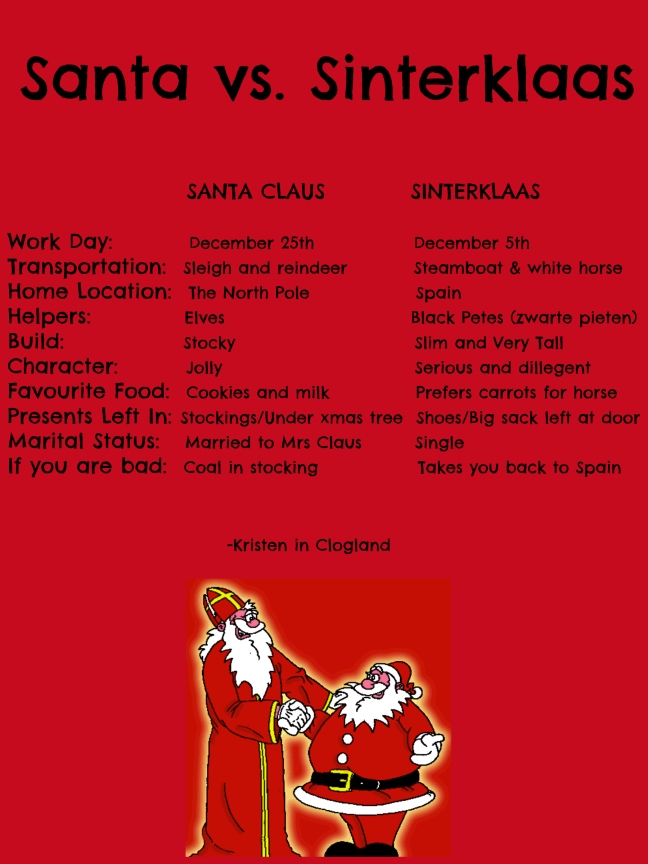
As the two names sound so similar (Sinterklaas and Santa Claus) it was at times, difficult for the kids to distinguish the two figures, especially when they were younger. So to make it easier for the kids to realise that they are indeed two separate individuals, we tell the kids that Santa and Sinterklaas are cousins. A little white lie, but it works. In addition, as most other children in this country do not expect a visit from dear old Santa, this can make it a little less straight forward for our family. We get questions from our children such as, “why does Santa come to us, but not the other kids?”. So far, we have been able to simply answer with “Because you were born in Australia, so Santa visits you as well as Sinterklaas. You guys are just lucky!”. But their suspicions are increasing each year.
It is suggested that the figure of Santa Claus actually derived from the Dutch Sinterklaas. Much of what we think of as distinctly American, is actually Dutch in origin. The Dutch were the first large, permanent European group of settlers in New Amsterdam (later renamed New York in 1664). It seems the cultural and social traditions of these Dutch families rubbed off. Towards the end of the 18th century, the inhabitants of New York City reinvented the Sinterklaas tradition. In 1773 the New York Gazetteer first made reference to “a celebration of ‘St. A Claus’ by the descendants of the ancient Dutch families”. This figure evolved into who we know today as Santa Claus.
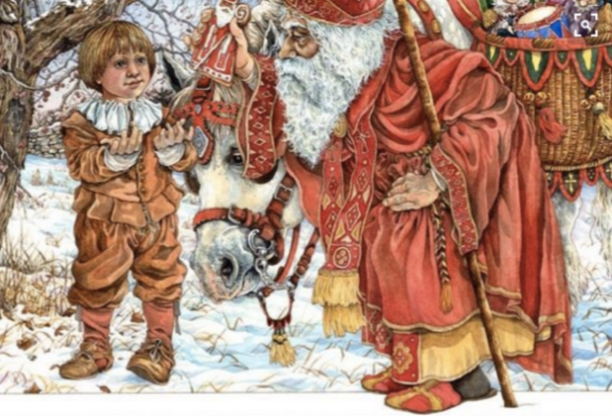
Sinterklaas is a big deal here in the Netherlands. The hype and excitement begins early in September already when stores begin to fill up with delicious Sinterklaas foods such as kruidnoten, pepernoten, marzipan, speculaas, taai-taai and chocolate letters. The big man arrives each year in mid-November on a steam boat from Spain filled with gifts, with tens of thousands of excited children in zwarte piet or sinterklaas costumes watching on (plus the millions of Dutch families watching via the live broadcast on television). For children, the arrival of Sinterklaas in Holland means that they can put their shoe next to the chimney or back door before they go to bed. The children sing Dutch Sinterklaas liedjes (songs) into the fireplace for Sinterklaas to hear. Then at night while they are asleep, Sinterklaas rides across the rooftops on his white horse Amerigo, and places little treats or gifts in the children’s shoes, assisted by his helpers, the Petes. The main holiday itself is then celebrated in 5 December. Children sing the traditional songs to Sinterklaas at the top of their lungs until they hear a loud knock on the door. If they have been good, they will find a bag filled with gifts just outside the door (we have a very friendly neighbour who helps us with this each year). The kids are always completely hyped up from the pure excitement of it all and it is so great to see!
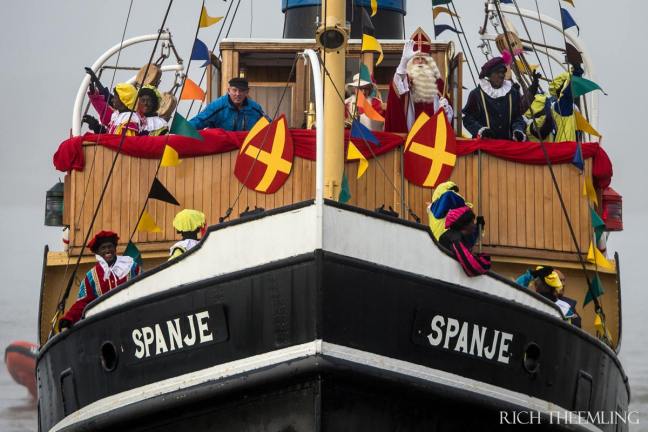
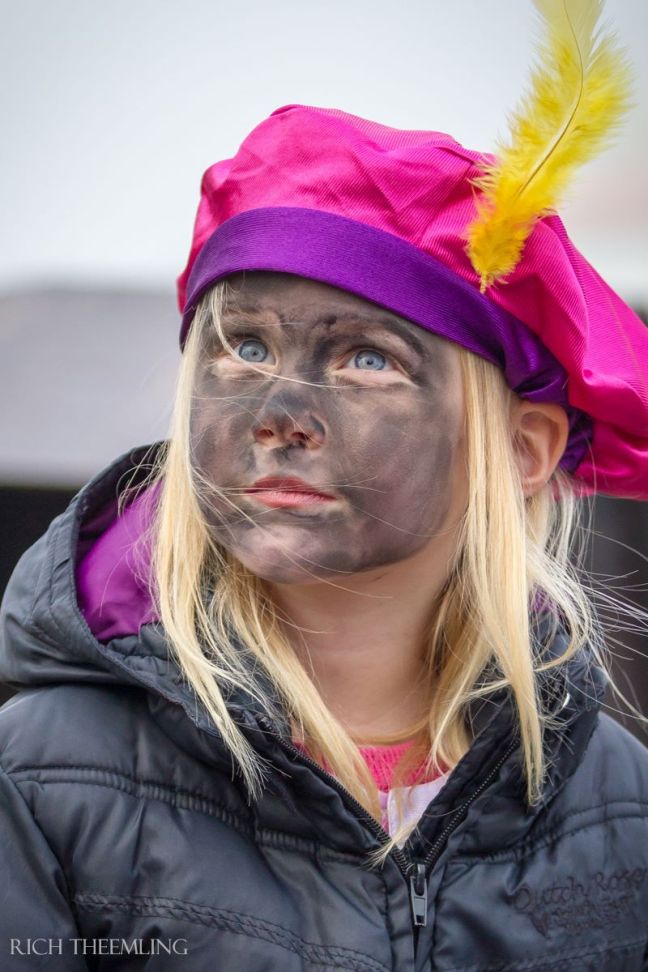
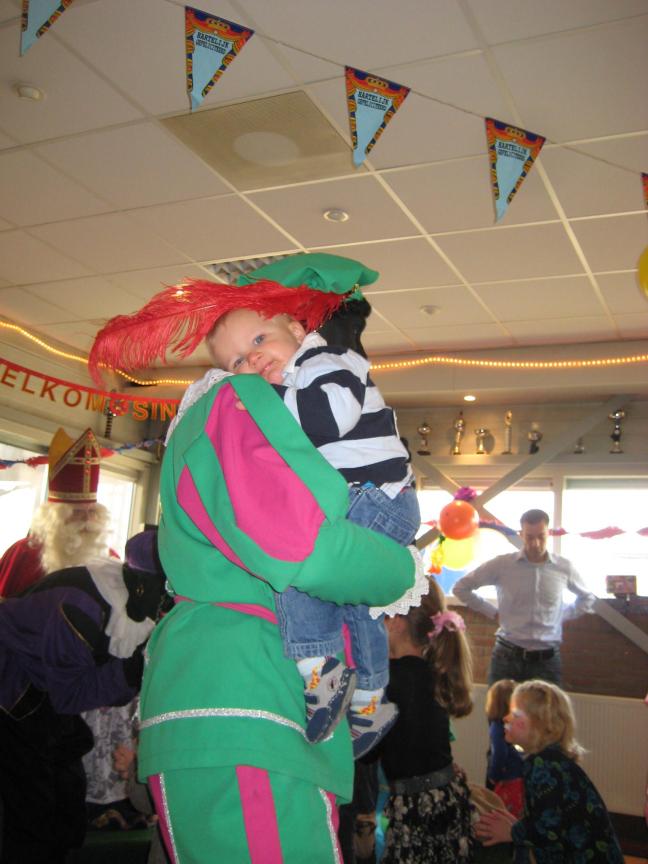
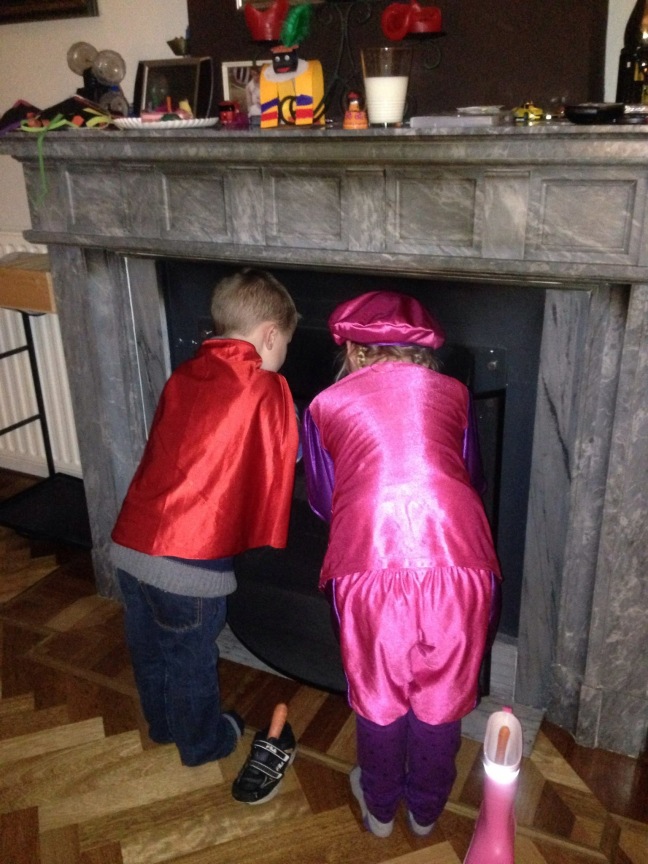
Here in the Netherlands, keeping the magic of Sinterklaas alive for our children is not difficult. Keeping the magic of Christmas alive on the other hand, takes a little more effort. There is an unwritten rule in the Netherlands; no Christmas decorations are to be put up until Sinterklaas celebrations are over. Up until December 5, it is all about Sinterklaas. Which therefore leaves us with less than twenty days to build up the excitement of Christmas day.
As soon we have celebrated Sinterklaas, our family then moves into Christmas mode. We go out and buy a real Christmas tree and decorate it together as a family. Christmas decorations go up all through the living room. I play christmas carols (the traditional english versions) in the car and at home, and the kids and I sing along with enthusiasm at the top of our voices. We have an advent calendar and count down the days until Santa arrives. We bake little Christmas tree cookies. We watch Christmas movies such as “The Polar Express”. We read Christmas bed time stories (I have a nice collection of hilarious Aussie Christmas books). Then on Christmas eve, we hang up our stockings by the fire place and in the morning, the kids wake up early and run downstairs to see what Santa has left them.
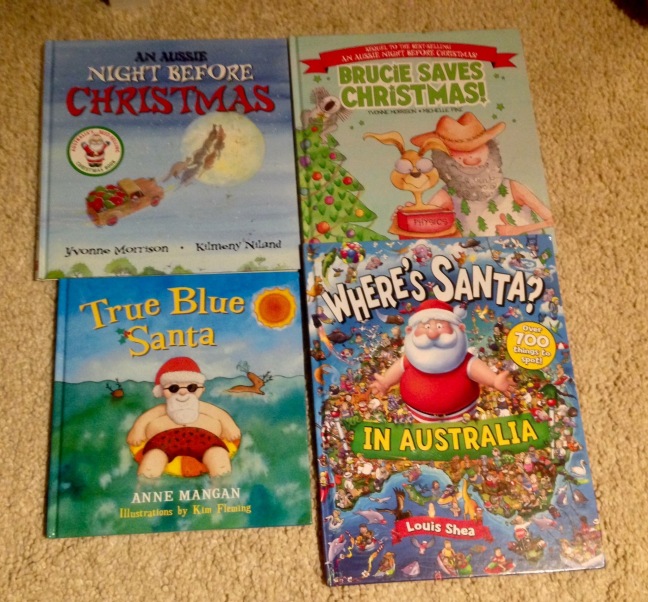
I soon realised after moving to the Netherlands, that roast turkey on Christmas day was not the norm. To ensure that our family can experience the traditional Christmas dinner I have learned to enjoy and inevitably expect each year on Christmas day, I realised that I would need to host and cook Christmas dinner myself. So, every year I invite my husband’s family members over to our house for Christmas day and I cook up a big traditional Christmas dinner with turkey, all the trimmings, Christmas crackers and plum pudding with custard. They have come to love this tradition on Christmas day. My family in law even go to the extent of wearing those silly paper crowns from the crackers during dinner, just to make me happy (as they know that my family always did this, so they do it for me, even though they feel silly wearing them). We do our best to make the whole experience of Christmas day as great for our kids as I remember it being for me as a child.
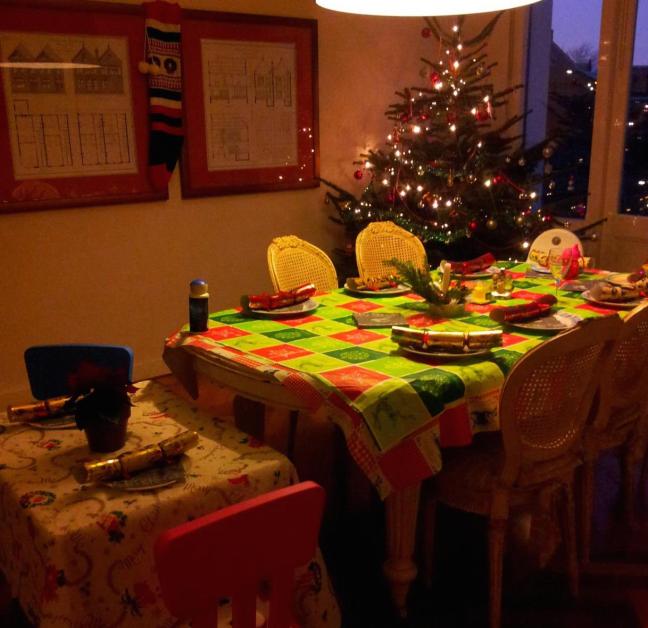

The magic of Christmas.. I have witnessed it’s awesome power over the young and not-so-young alike, and I desperately want to extend it’s stay in my home for as long as I can.
This year in particular will be extra special; we will be celebrating Sinterklaas in the Netherlands, and then Christmas in Australia! I am also well aware, that as my daughter will be eight years of age by this December, this could very well be her last year believing in both Sinterklaas and Santa Claus (I hope not, but it is certainly possible). So we are going to make the most of the magic while is lasts.
Kristen
Did you know?….
December 6 is not the birthday of Sinterklaas, but the anniversary of his death. He probably died in the year 340 AD. It is quite normal to commemorate Catholic saints on their anniversary. No one knows when Sinterklaas’ actual birthday is.
Many people do not realise that Sinterklaas used to be celebrated on the December 6, rather than the 5th. In the past, children would put their shoe out on the night of the 5th, and a gift would arrive in the shoe on the 6th. Over the years, the 5th became the main ‘pakjesavond’.

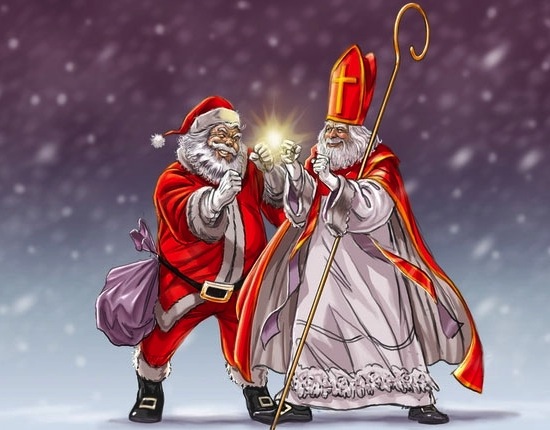
I love this post. I also have so many wonderful Christmas memories as a child, and now Iam enjoying living that excitement through my own children. I can’t wait to spend Christmas with you and the kids, it’s going to be so special being all together. Xxx
LikeLiked by 1 person
Great post i also do both sinterklaas and christmas my daughters are now 14 ( i have twins ,) and even though they no longer believe saint and santa are real they still enjoy all the fun of the celebration. thank you for posting this.
LikeLiked by 1 person
Thank you so much Tracy!
LikeLike
When I lived in the Netherlands as a child we celebrated Sinterklaas as well. We also celebrated Christmas, but true Christmas, not Santa and presents, but the birth of baby Jesus. It’s a wonderful way to keep those two days separate and celebrate them in earnest. Now that I have my own family, the tradition continues, though there are some presents from Santa and the in laws on the 25th as that’s the day we see them. The kids have a difficult time explaining to their friends why saint nic only comes to our house on the 5th. But if you ain’t Dutch, you don’t get that much. 🙂
LikeLiked by 1 person